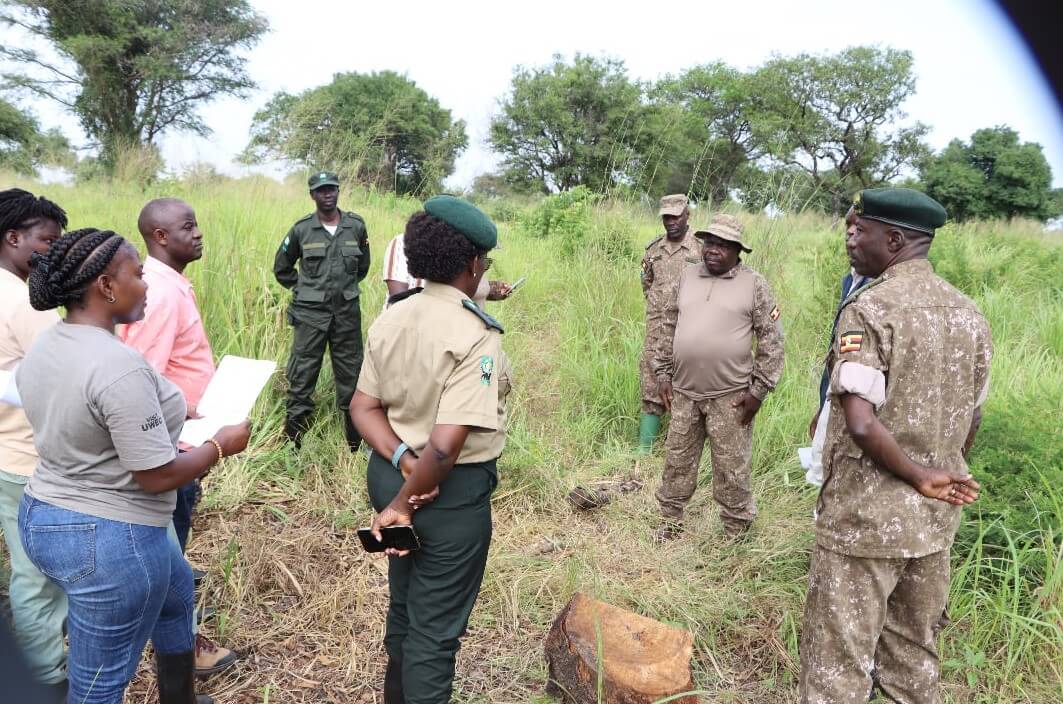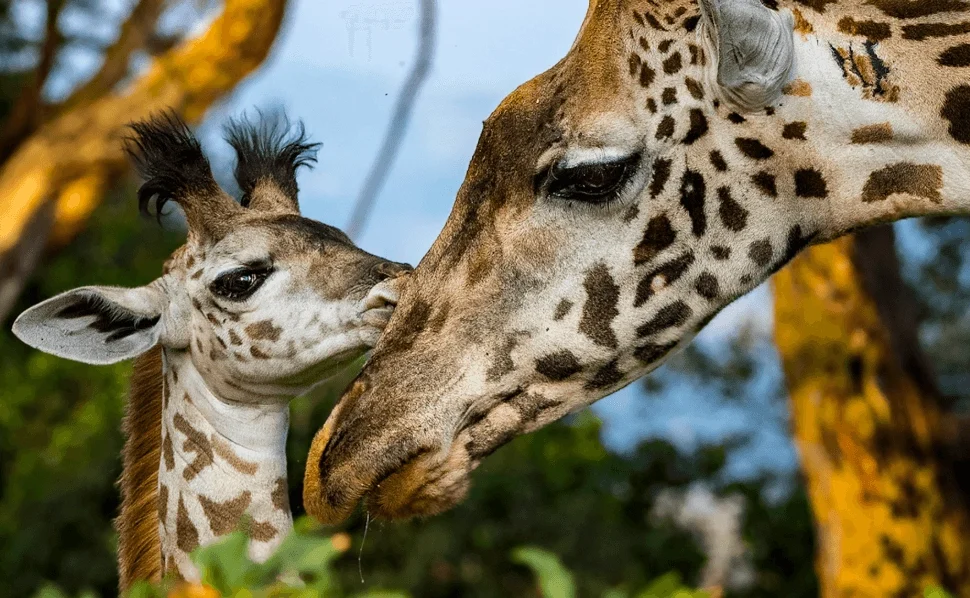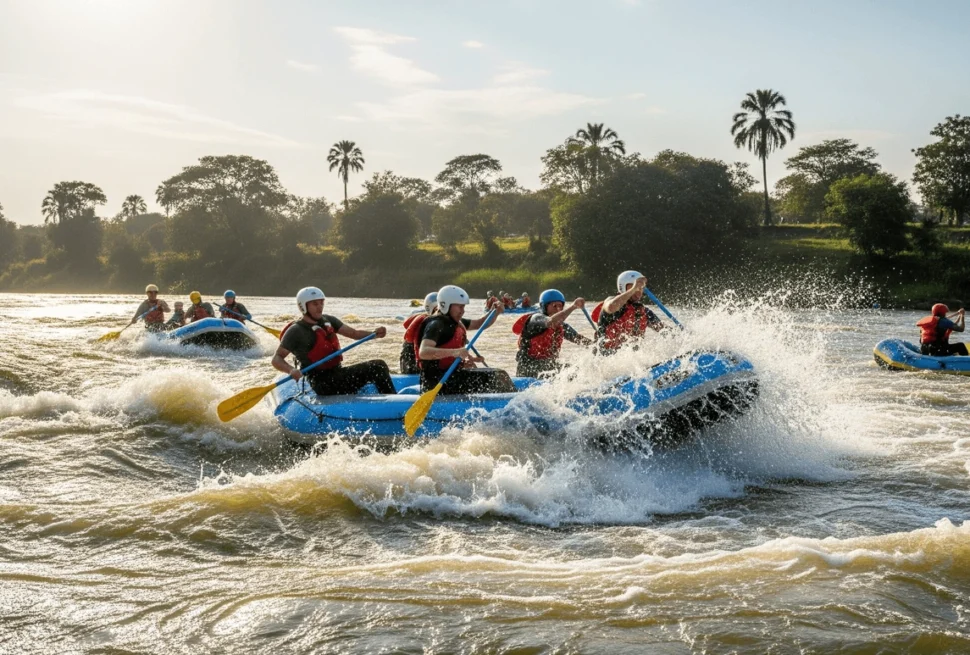On Monday, 11 August 2025, white rhinos are expected to walk on Ajai’s floodplains again—nearly half a century after they disappeared.
Three square kilometres of pasture have been readied, with new roads, water points, and perimeter fencing in place. For conservationists, it’s a milestone. For Uganda, it’s a moment of both celebration and reckoning.
This is more than just moving animals from one place to another. Reintroductions force hard questions about ecology, history, and our own role in reshaping wild spaces.
Ajai was once the White Rhino Sanctuary, established in 1962 to protect the now-extinct-in-the-wild northern white rhino. By the late 1970s, conflict and poaching had wiped them out. Bringing rhinos back now is a statement of intent—but also a test of commitment.
Key Takeaways
- Ajai’s rhino reintroduction marks the first return of the species here since 1979.
- Infrastructure includes 3 km² of pasture, secure fencing, water points, and improved access roads.
- Conservation success will depend on anti-poaching enforcement and community cooperation.
- The project rekindles Ajai’s original role as a rhino sanctuary.
- Long-term viability depends on habitat management beyond fenced zones.
The land remembers
Ajai sits on the west bank of the Nile, between Pakwach and Nimule, where the Ala and Acha rivers wind through swamp islands and wooded savanna.
In the dry season, animals cross from the scrublands to the richer grasslands of Ajai Island. Its mix of elephant grass, wild date plum, and seasonal wetlands once provided perfect forage for rhinos.
But the land has changed. Shrinking wildlife corridors, grazing pressure, and shifting river patterns mean habitat recovery is not guaranteed.
A fenced area may keep rhinos safe from poachers—but it also limits the ecological role they once played across wider landscapes.
More than infrastructure
Roads, fencing, and water points are visible markers of progress. Yet the invisible work—community engagement, law enforcement, veterinary monitoring—is just as critical. Poaching is not a historical footnote here; it’s an ongoing risk.
Without strong ties to local communities, conservation areas can become isolated fortresses, breeding resentment instead of stewardship.
The Uganda Wildlife Authority has emphasised collaboration with neighbouring villages, but meaningful involvement means more than meetings. It requires shared benefits, from employment to grazing agreements, so that rhino survival aligns with human wellbeing.
For travellers considering a safari here, this raises a question: what does responsible wildlife tourism look like when an ecosystem is still in recovery? Our responsible travel in Uganda guide unpacks this further.
A return with limits
Reintroduction projects tend to make headlines for the first release, but their real story unfolds years later.
Will Ajai’s fenced rhino range become a permanent, semi-wild holding area? Or will it one day connect to broader, unfenced landscapes through restored corridors?
The truth is that rhino reintroduction in modern Africa often walks a fine line between conservation and captivity. Fences save lives, but they also constrain nature.
Here, the challenge will be finding a balance—keeping rhinos safe while allowing them to reclaim their ecological role.
What Ajai offers travellers
Ajai remains one of Uganda’s quieter reserves. Beyond rhinos, you may see Uganda kob, hartebeest, bushbuck, waterbuck, and hippos along the Nile. Seasonal floods transform the swamps, and the birdlife is rich, especially during the dry-to-wet transitions.
While tourism facilities are modest, the reserve’s remoteness is part of its appeal.
Those combining a visit here with ziwa rhino sanctuary or the primate-rich forests of western Uganda can experience the arc of the country’s conservation story—from intensive breeding sanctuaries to open savanna.
FAQ
Will visitors be able to see the rhinos immediately after release?
Not necessarily. Early months will likely involve restricted access to minimise stress and allow adaptation.
Which rhino subspecies will be reintroduced?
These will be southern white rhinos, sourced from established conservation populations within Uganda.
How will the reintroduction be monitored?
Through GPS collars, regular veterinary checks, and ranger patrols—similar to protocols at Ziwa Rhino Sanctuary.
Is Ajai safe for travellers?
Yes. The reserve is under Uganda Wildlife Authority management, with designated tourism zones and guided access.
For those who want to witness conservation in motion—and understand its complexities—Ajai in 2025 will be more than a safari stop. It will be a living experiment in restoration.
Request a quote for a tailored safari itinerary that includes Ajai Wildlife Reserve and Uganda’s other conservation success stories.




